Industrious Revolution, the revolution, before the Industrial
Article for senior couples and mature solo travelers curious about the foundation for the Industrial revolution of Britain and Europe. Leads the reader to Scotland and the Derwent valley mills and to Manchester and Newcastle upon tyne in a period of great expansion.
31 Dec 21 · 8 mins read
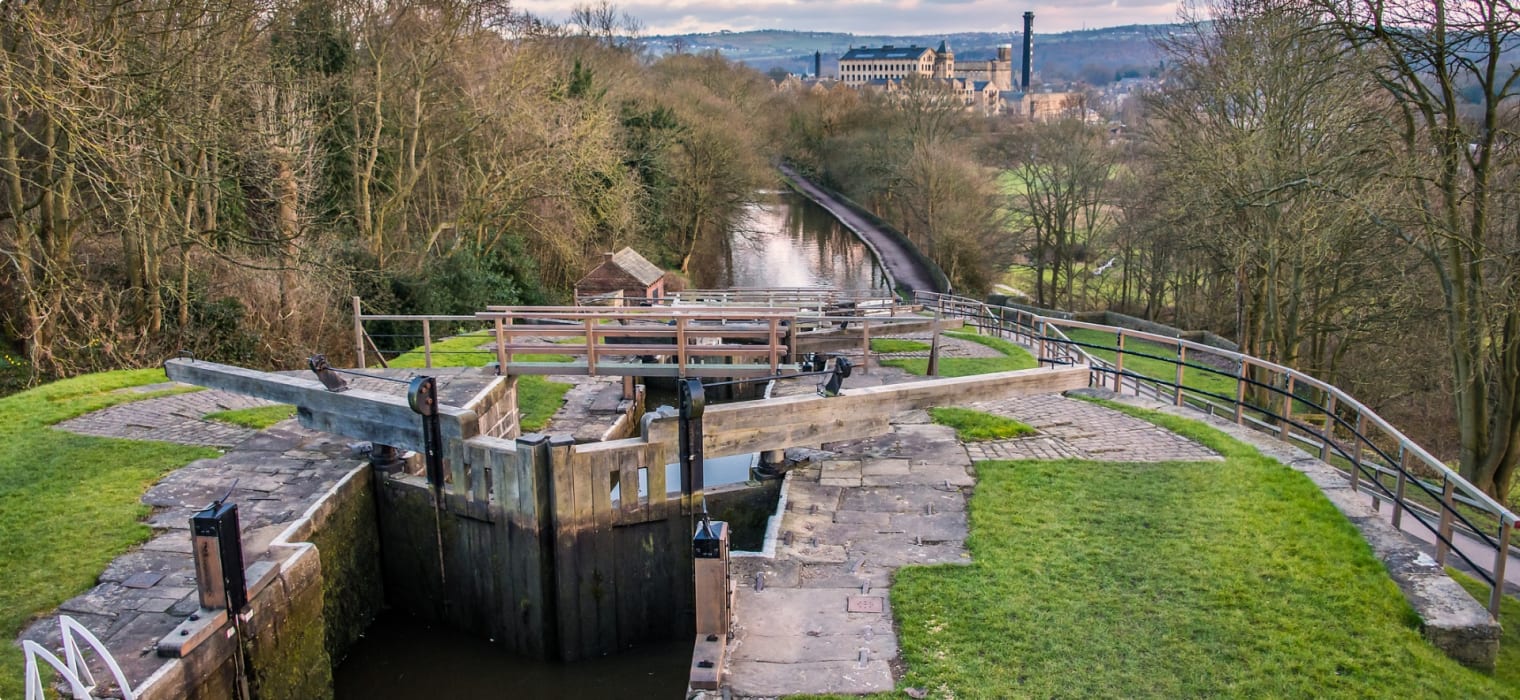
Industrious Revolution, article for small group tours to Britain.
By Marco Stojanovik
In the 1720s, the English writer Daniel Defoe travelled around early Georgian Britain describing a social phenomenon which historians would later call the Industrious Revolution. This period was an important precursor to industrialization. It saw an acceleration of working hours, productivity, consumer demand, business, and trade across the British Isles.
In his three volume A Tour through the Whole Island of Great Britain (1724-1727), Defoe describes a “flourishing and opulent country”. This was one home to new buildings and greater dwelling spaces, luxurious objects, and overall greater wealth.
He describes processes of manufacturing, producing, spinning, weaving, trading, and more – all making the local populations extremely prosperous. Mills, looms, and forges were continuously at work. No hands were left unemployed. “All can gain their bread, even from the youngest to the ancient,” Defoe wrote.
Remarkably, and so different from previous decades, there was an absence of inhabitants loitering around outside or carousing within the taverns. Instead, they were hard at work within the counties’ houses, all seemingly preoccupied with sufficient business.
Defoe followed up this description of hard work, family industry and wealth creation in A Plan of the English Commerce (1728). Here again he applauded England’s manufacturing districts:
“You see the wheel going almost at every door, the wool and the yarn hanging up at every window, the looms, the winders, the combers, the carders, the dyers, the dressers, all busy; and the very children, as well as women constantly employed. As is the labour so is the living; for where the poor are full of work, they are never empty of wages; they eat while the others starve, and have a tolerable plenty.”
So, what exactly was Defoe describing? What was the industrious revolution? And what were the consequences? Read on to find out.
This article is intended as background reading for Odyssey Traveller’s tours:
- Agrarian and Industrial Britain Small Group Tour for Mature Travellers.
- Canals and Railways in the Industrial Revolution Tour
Sources used to write this article include Tristram Hunt’s book The Radical Potter and Jan de Vries’ article “The Industrial Revolution and the Industrious Revolution”.
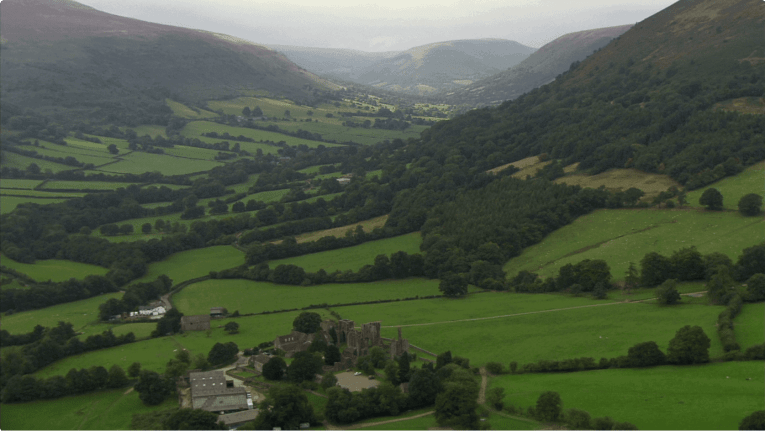
What was the Industrious Revolution?
The Industrious Revolution was a major shift in economic history, seen in the everyday consumer behavior of individuals in Northwest Europe and North America in the 1700s. In this period, a greater diffusion of new durable and exotic goods created new desires amongst the populations of these places. What the people wanted to buy and consume changed.
With colonial trade and economic expansion, suddenly all kinds of products became available and affordable. Sugar from the Jamaican plantations was now much cheaper, for example, as was coffee and all kinds of other natural products. New cheap, local consumer goods also emerged that imitated more expensive goods previously bought from very long distances away.
Josiah Wedgwood leads the way to afternoon tea and more.
China porcelain dinnerware, for example, was a popular way to display your fine taste in Britain in the early 1700s. But it was still quite expensive. So, an English entrepreneur, a potter named Josiah Wedgwood, created a new process for producing and selling affordable imitations of Chinese porcelain in the 1740s. This was a hit amongst the consumers of Britain, who could now afford the products.

In fact, people could now afford to buy and do much more than the generations before them, much more than even their parents and grandparents could. Of course, to do this they had to become more ‘industrious’. That is, more people (including women and children) had to participate in the labour market, and they had to work harder, more consistently, and for longer periods of times. In doing so, households increased the supply of labour and commodities, and the demand for goods in the marketplace continued to rise.
This increase in household productivity and consumer desire was an important precursor to the Industrial Revolution. The difference between the two is that there were no major technological innovations during the Industrious Revolution as opposed to the Industrial.
As such, during the Industrious Revolution, the supply of goods could not meet the increased demands for those goods as quickly as required. Only with the technological advancements in industry and agriculture that later followed with the Industrial Revolution could supply meet demand.
Thus, theorists argue the overwhelming desire for more goods that came about during the Industrious Revolution was a key factor leading to the Industrial Revolution – a fundamentally supply-side phenomenon.
Reduced Leisure & Increased Production
The first to theorise of the Industrious Revolution was the historian, Jan de Vries. He saw it as involving two transformations. In the first, there was a reduction of leisure time as monetary income became more valued. In the second, the focus of labour shifted from goods and services that could be consumed to marketable goods.
In the first instance, the availability of new commodities and their increased affordability during this period caused a decline of traditional habits of labour and leisure. People began to work longer hours and a larger number of days in the year so as to earn higher incomes. Instead of working just enough to survive and spending moneys on the necessities of life, families aspired to use their income to buy the things they wanted.
Theorists estimate that the average number of working days per year in England more than doubled from 150 days during the medieval period to well over 300 days by the time the Industrial Revolution began. People worked different jobs, no longer restricted to the agricultural calendar in which winter wasn’t a time for work. Plus, with artificial lighting, the entire day now would allow for work.
Workers were able to do this as they began to labour in different activities than they had previously, focusing on the production of commercial goods (Vries’ second transformation). Spinning, dairying, brewing, baking and food preparation all helped to unlock a domestic workforce, released from agriculture’s seasonal constraints.
Urban as well as rural households entered the nascent capitalist economy as they shifted from producing for their own narrow needs to contribute much more substantially to the marketplace.
In many English towns, for example, families turned their homes into little textile making workshops. Taking wool borrowed from a merchant, they would spin it into thread and then sell it back to the merchant. Or they would borrow thread from the merchant and then weave it into textile, again selling it back to the merchant.
Other proto industries in metallurgy, leather, wood, and ceramics also provided employment for entire families. People could then spend the extra money they were able to make on some of the newly available products.
Consequences of the Industrious Revolution
With the Industrious Revolution, a cultural change swept across Northwest Europe and North America, in which values moved away from idleness and laggardness. Instead, people came to favour a more careful cultivation of time and celebrate productivity. As part of this, habits changed. Less alcohol was consumed, for example, in favour of more coffee and tea. The cultural impacts remain today.
Writers of the Enlightenment celebrated the cultural change. They saw the new commodities and manufacturers as rewarding the new workers, enticing them out of their former unsatisfied lives. Formally lazy and depraved, they were now careful and thrifty, both with their money and time. As a result, they held respect for themselves and others, becoming better fathers, better husbands, and more respected members of the community than ever before.
But there were also negative consequences of intensifying working habits and suppressing leisure. For one, women and children were widely exploited for work. Further, literacy rates stagnated in the eighteenth century as education was neglected for manual labour. Meanwhile, the consumption of alcohol also didn’t completely disappear, with habits instead shifting to binge drinking as well as binge leisure.
Another consequence of the Industrious Revolution was an increased desire for labour to be more efficient. Employers began to change their attitudes towards time and work, how long people were supposed to work, and how much they were supposed to do. As those attitudes changed, employers began to believe that all time and labour was to be used more efficiently. This put even larger pressure on workers and led to employees to find new innovations.
A large part of these innovations was technological, with new scientific tools making the production process more efficient. In 1786, for example, Josiah Wedgwood invented an instrument called the pyrometer – a thermometer to measure the high temperatures used in firing pottery. This allowed people to figure out what made the temperature vary, so they could make keep it more consistent and thus improve the efficiency of the production process.

Technological innovations like Wedgwood’s would in turn allow for mass production of goods, playing a defining role in the ensuing Industrial Revolution.
Tour of Industrial Britain
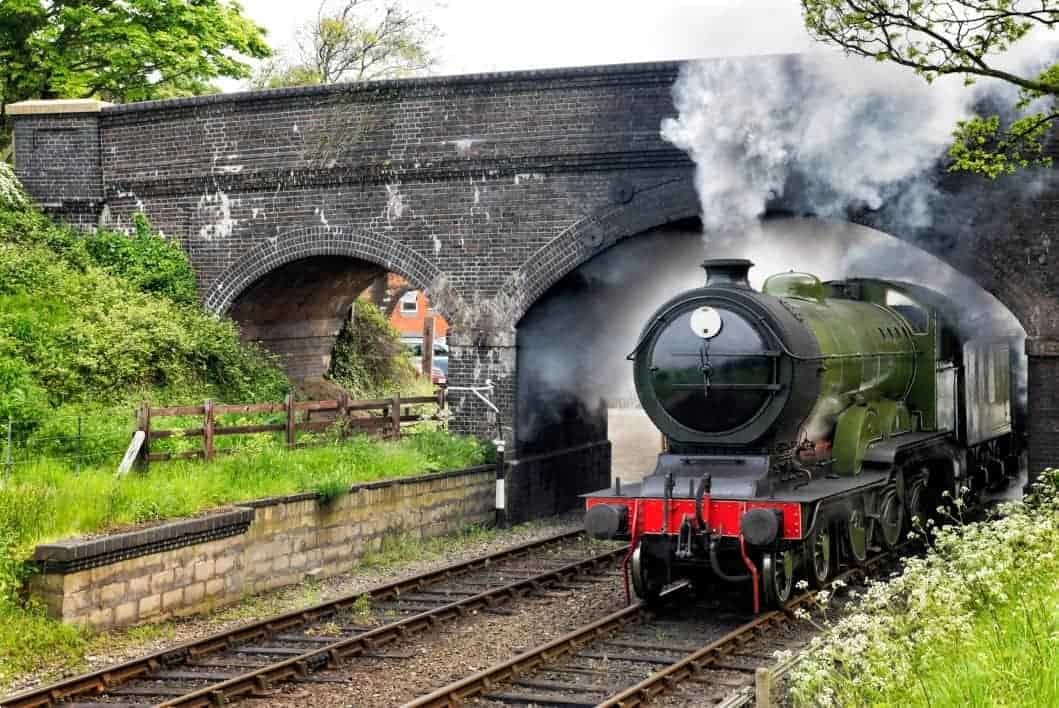
You can learn about the Industrious and Industrial Revolutions on Odyssey Traveller’s Agrarian and Industrial Britain. This escorted tour with a tour director and knowledgeable local guides takes you on a 22 day trip to key places such as London, Bristol, Oxford & York, where Britain’s industrial history was made.
This small group tour focuses on two major elements of British history: the Agrarian Revolution and the Industrial Revolution. It explores critical elements of these revolutions and the impact that they had on the Great Britain we know today. This is a tour designed for the mature couple or solo traveller who is looking for an adventure that combines a fascinating history with beautiful scenery and unique landmarks.
During the tour, you will visit the remnants of many of Britain’s industrial-related structures preserved in the landscape and cities of today. You will visit some of the wonders of the revolutions and key locations recognized as iconic landmarks of British history. If you want to get more out of your vacation and uncover a new side of British history, then this is the holiday for you. The Agrarian and Industrial Britain tour will give you an amazing insight into the development of what was one of the world’s greatest powers.
The Agrarian and Industrial Britain small group tour also has a sister tour: Britain’s History Through its Canals and Railways. This small groups tour of Wales, Scotland & England also traces the history of the journey that is the Industrial Revolution through a focus on Britain’s canals and railways. Knowledgeable local guides and your tour leader share their history with you on this escorted tour including Glasgow, London, New Lanark & Manchester, Liverpool and the Lake district.
Learn how the Industrial Revolution brought significant and lasting change to Britain. Discover how engineers overcame geographical obstacles using viaducts, bridges, aqueducts, tunnels, and locks. Witness first hand the ground-breaking technology and the many impressive structures that transformed Britain’s economy, some now restored for recreational purposes. Led by local guides selected for their expertise, we also provide the opportunity to examine and discuss the resulting social upheaval.
Packed to the brim with history, culture, and striking scenery, Great Britain and Ireland have a lot to offer the traveller. Our small group tour of the British isles are perfect for the mature or senior traveller who wants to explore the history of Britain and Ireland as part of an intimate guided tour with an expert local guide.
Odyssey Traveller has been serving world travellers since 1983. All tours provide an authentic and culturally informed travel experience, that goes beyond the usual tourist sites in favour of drawing out the hidden histories of our destinations. Our guides are chosen for their local expertise, and we move in genuinely small groups: usually 6-12 per tour. Our tours are all-inclusive, encompassing accommodation, attraction entries, and transport. For more information, click here, and head to this page to make a booking.
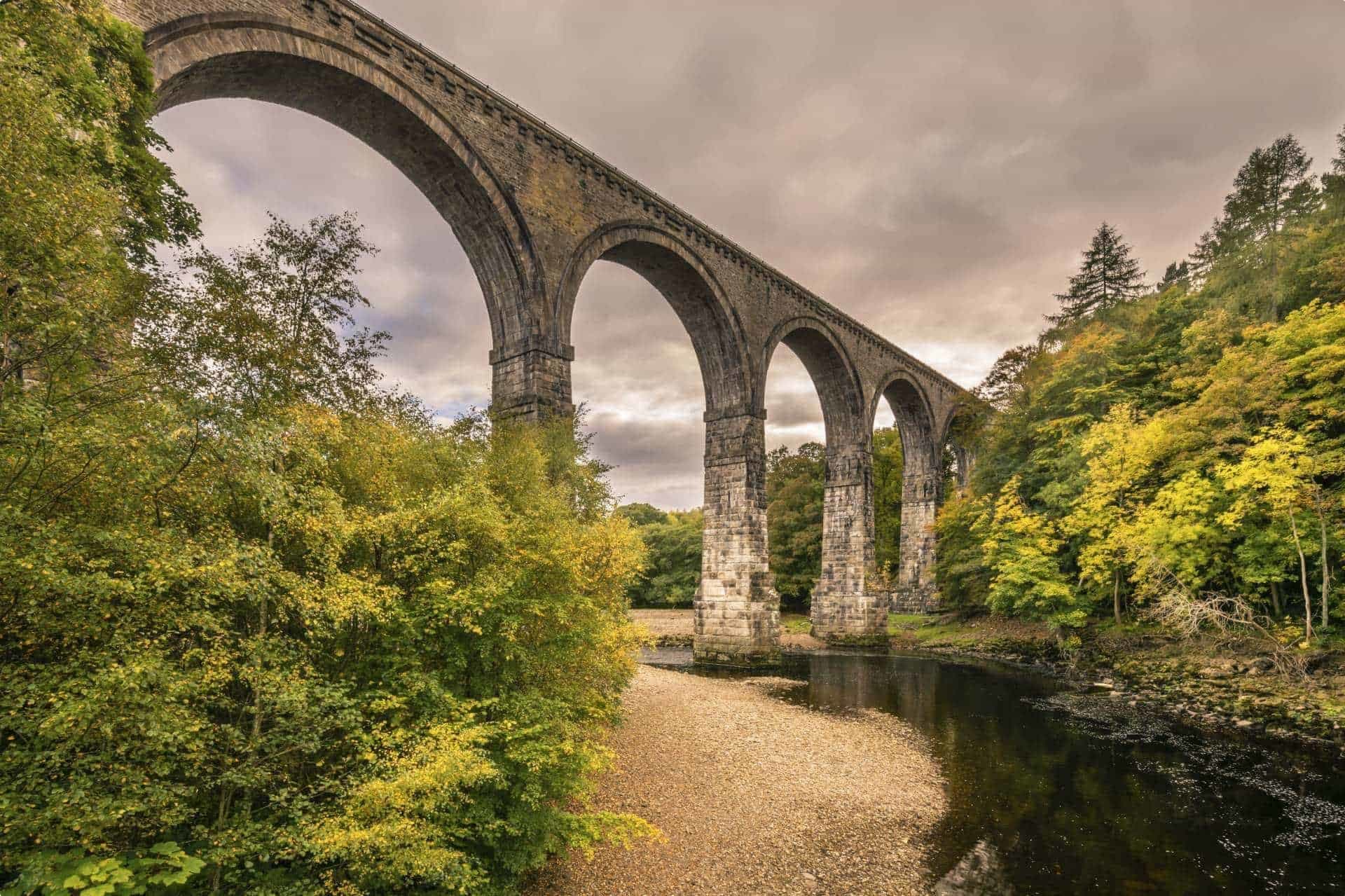
Articles about Britain published by Odyssey Traveller:
- The London Underground
- Victorian Women’s Fashion
- Queen Victoria’s Britain, Part 1 and Part 2
- Understanding British Churches
- Georgian Architecture
- London’s Victorian Architecture
External articles to assist you on your visit to Britain:
- National Parks UK
- William the Conqueror (History.com)
- Queen Victoria
- The Royal Parks of London
- The Royal Mausoleum
Related Tours
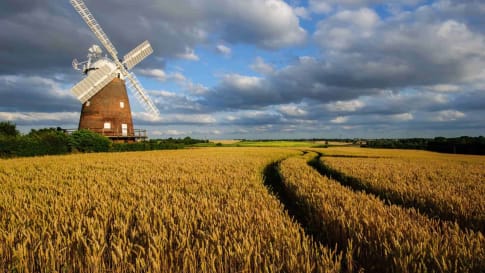
23 days
AprAgrarian and Industrial Britain | Small Group Tour for Mature Travellers
Visiting England, Wales
A small group tour of England that will explore the history of Agrarian and Industrial period. An escorted tour with a tour director and knowledgeable local guides take you on a 22 day trip to key places such as London, Bristol, Oxford & York, where the history was made.
From A$17,275 AUD
View Tour
23 days
Oct, Apr, SepCanals and Railways in the Industrial Revolution Tour | Tours for Seniors in Britain
Visiting England, Scotland
A small group tour of Wales, Scotland & England that traces the history of the journey that is the Industrial revolution. Knowledgeable local guides and your tour leader share their history with you on this escorted tour including Glasgow, London, New Lanark & Manchester, Liverpool and the Lake district.
From A$17,860 AUD
View Tour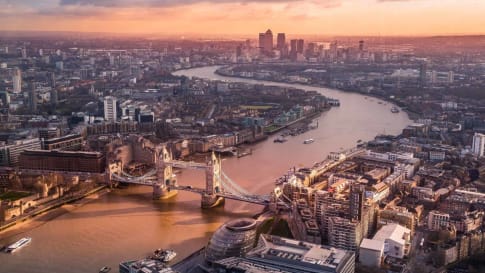
6 days
Apr, SepLondon Short Tour
Visiting England
A small group tour of London is a collection of day tours that visit and explore through the villages of the city. This escorted tour includes a journey out to Windsor castle. We explore Contemporary and learn about Roman Walled city, Medieval, Victorian London and the contemporary city today.
From A$6,995 AUD
View Tour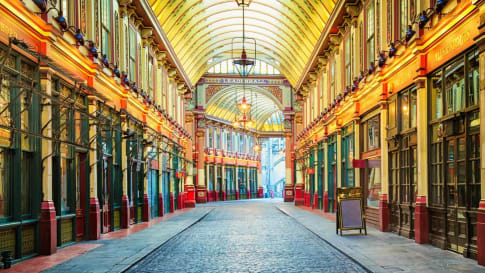
21 days
Sep, JunQueen Victoria's Great Britain: a small group tour
Visiting England, Scotland
A small group tour of England that explores the history of Victorian Britain. This escorted tour spends time knowledgeable local guides with travellers in key destinations in England and Scotland that shaped the British isles in this period including a collection of UNESCO world heritage locations.
From A$15,880 AUD
View Tour
From A$13,915 AUD
View TourRelated Articles
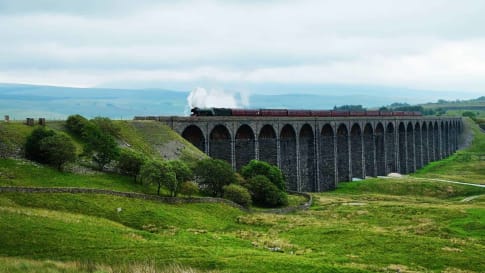
15 books on Britain's Industrial Revolution
Fifteen books on Britain’s Industrial revolution This reading list on Britain’s Industrial revolution complements Odyssey Travellers escorted small group tour that traces via the canal and railway network, the evolution of this monumental change in…
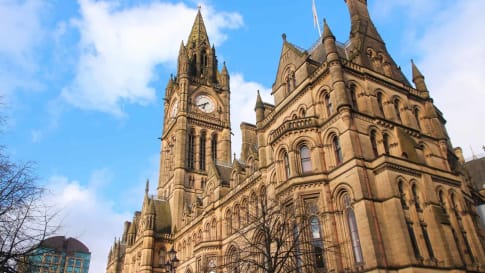
Bees in Manchester: a surprising symbol of the Industrial Revolution
Bees in Manchester: a surprising symbol of the Industrial Revolution The bee is an intriguing symbol for the city of Manchester. The city’s damp climate provided the ideal conditions for milling cotton. But this is…
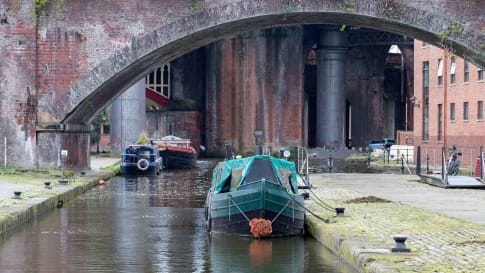
Britain: First Industrial Nation
Britain: The First Industrial Nation In the mid-18th century, the Industrial Revolution was largely confined to Britain. Historians and economists continue to debate what it was that sparked the urbanisation and industrialisation that would change…

British Village Icons: Definitive Guide for Travellers
Icons of the British Villages: Pubs and Cottages The British pub and cottage figure prominently in the image of a (often romanticised) quintessential “British village”. In this article, we will give special attention to these…

Discovering Medieval Chester: A Thriving Trade Centre
Article about Chester, England for small group educational tours for senior couple and mature solo travellers to England. Articles to support your travel plans to explore England, Scotland, Wales and Ireland.
England's Liverpool: Port City, Architecture Marvel
Article for educational small group tours about the Port City of Liverpool. An Architecture Marvel from Georgian times, built on trade, some good, some horrific. Read and learn more before joining a tour for senior couples and mature solo travellers interested in culture, learning and the arts.

Exploring Newcastle upon Tyne: The Definitive guide for Travellers
Newcastle upon Tyne is discussed in this article for senior couples and mature solo travellers on an educational small group tour. Learn about this English city and the Romans, Vikings, Middle ages and Victoria and the Industrial revolution.
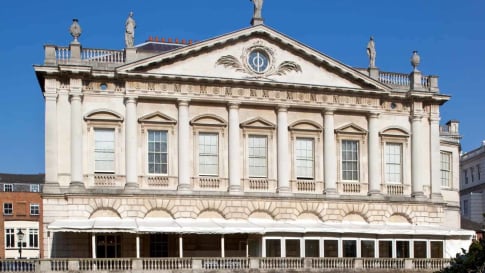
Georgian Style of Architecture: Definitive Guide for Seniors
Article to provide the senior couple or mature solo traveler with an appreciation of the influence of Georgian Architecture in Britain when on a small group educational tour.




